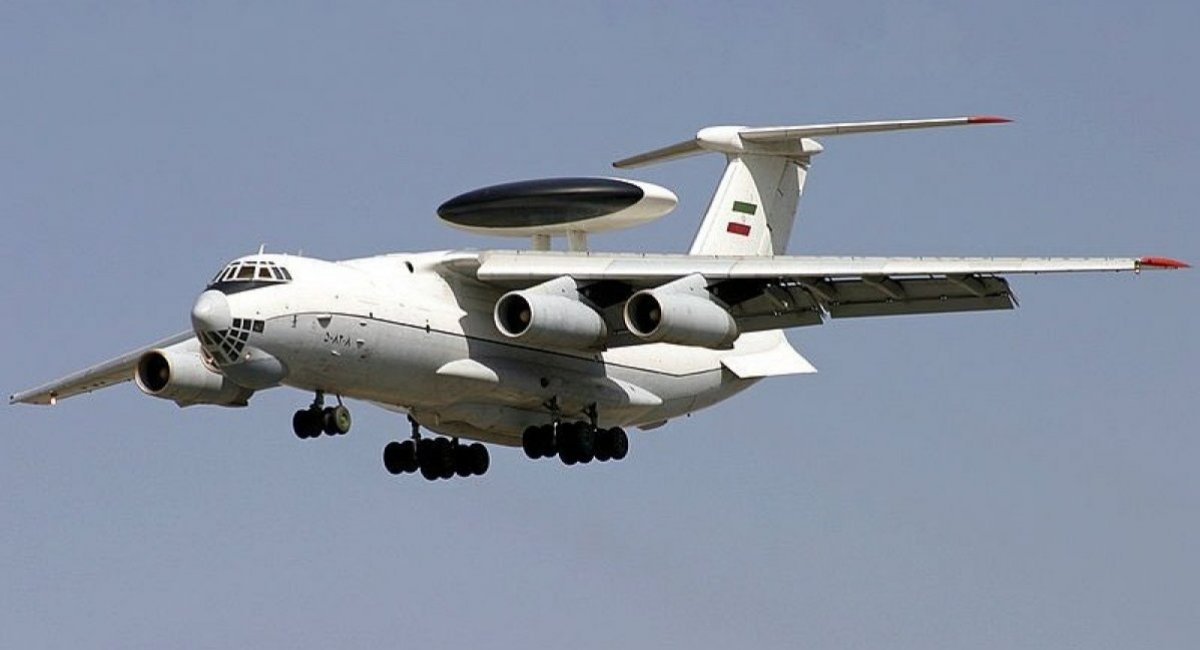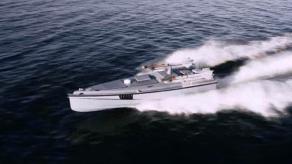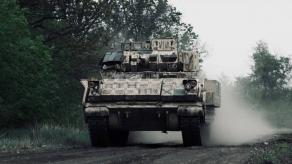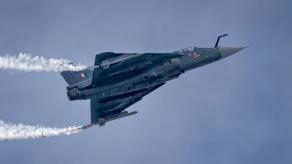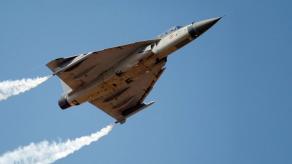There's a little-known historical fact that iran came into possession of several Adnan-series airborne radar surveillance aircraft from Iraq — systems that can be described as Iraqi attempts to replicate the Soviet A-50 AWACS. This episode remains obscure largely because the iranian military has never been able to make operational use of these aircraft, even in the current campaign against Israel.
A key reason lies in the circumstances under which iran acquired the Adnan systems, and these same circumstances also explain why the iranian military never fully figured out how to operate this equipment.
Read more: Why the Tu-128 Interceptor, Precursor of MiG-31, Didn't Stand the Test of Time and Retired in 1990

The airborne radars arrived in iran in February 1991, during the final phase of Operation Desert Storm, when several Iraqi Air Force planes fled to iranian territory to avoid destruction by coalition forces.
There are discrepancies regarding the number of Adnans that made the flight: some sources claim only two aircraft, while others suggest all four in service at the time were involved.
For some reason, the Iraqi military leadership thought they could simply stash their AWACS in iran and later retrieve them. But they miscalculated. The iranian side declared the aircraft as compensation for damages inflicted during the iran–Iraq War of 1980–1988 and kept them as reparation assets.
Open sources suggest that iran’s active use of the Adnan radars was short-lived, confined mostly to the 2000s. A symbolic endpoint came with the crash of one such aircraft, named Simorgh, during an air parade on September 22, 2009, which killed seven people.
A brief outline of development history and features of the Adnan airborne early warning and control system, originally Iraqi-built and later seized by iran, helps understand why its utility ended up so limited.
During the iran–Iraq War, Iraqi military planners recognized the need for airborne radar surveillance. However, they were unable to procure such systems from foreign suppliers. In response, Iraq pursued a domestic solution: modifying the Soviet Il-76MD airframe by integrating the French TRS-2105 radar.
The first version, dubbed Adnan-1, was more of a technological trial. Engineers couldn’t find a way to mount the radar dome atop the fuselage, so they instead placed it in the tail section, replacing the Il-76’s rear cargo ramp. This solution restricted radar coverage to the rear hemisphere only, with an estimated detection range of 120 km. Adnan-1 was built as a one-off and was among those flown to iran in 1991.
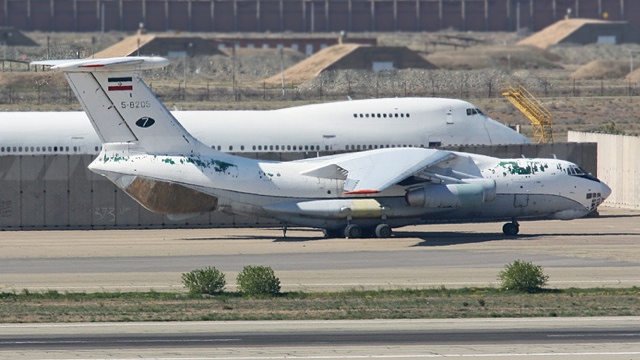
The subsequent Adnan-2 design (two to three examples produced) was more successful. It finally adopted a more conventional radar dome mounted on top of the fuselage, resembling standard AWACS configurations. This version could reportedly detect fighter-sized targets like the MiG-21 at distances of up to 180 km.
In theory, the French TRS-2105 radar had a maximum range of 360 km against air targets. However, the Adnan-2 was unable to exploit this full potential due to chronic overheating of its onboard electronics. Iraqi engineers were never able to solve the thermal management issues before the seizure of aircraft in early 1991.

Read more: Saab Aims to Complete its MQ-9B Unmanned AWACS By 2026



